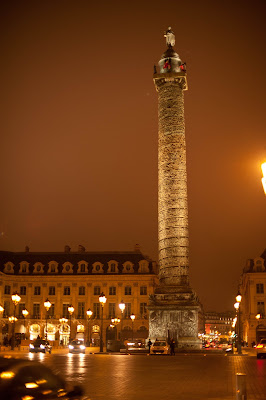Day two of LP – Miriam of a Thousand Museums

Yesterday was taken up by 10 hours of two sights, and today was ten hours of ten sights. Jor and I got off to a good start at a respectable ten am. We made it into the city and went first towards the Queen’s Mews. We decided to stand in line for our tickets only, and then we took a walk up to Buckingham Palace and towards Wellington’s Arch.
The Buckingham tourist crowd was another overwhelming area, and even though there was a big sign posted that there would be no changing of the guard today, people were lined up three deep to take a picture of the bare ground and the palace edifice. Joren lined up with them, more out of a sense of duty than anything – being a good steward of tourism – and took a picture of a bobby in the palace gates.

The Queen was not at home, so we couldn’t call on her. We decided a walk up the boulevard was in order, because it was such a perfect blue sky day. Wellington Arch was dead ahead, and it became our first Day Two London Pass stop. Wellington Arch, as you may know, is commissioned in honor of John Wellesley, the First Duke of Wellington, slayer of Napoleon at Waterloo. Every year on the anniversary of Wellington’s victory, (which was less like old Wellie’s victory and more like Napoleon’s loss) the Duke would put on a banquet dinner and honor himself and his fellow officers on their well fought battle that brought down that French Emperor upstart.
Wellesley’s House, across from the Arch, was our next historical stop. I saw how Wellesley grew rich and powerful following his Waterloo victory, and how he displayed this wealth and prestige. His house abutted the Queen’s Green park, and while it was already three stories high with sumptuous furnishings, Wellesley still could not entertain in the manner that he desired, so he commissioned a new banquet hall wing to be added onto the west side of the house. It was to be used as a ballroom and salon for everyday, and then converted into the dining hall for his yearly victory dinner. Opulence at its best.
Wellington’s House was sort of what Jor and I pictured the Royal Summer Palace at Kew would look like. But the Kew Palace was in fact rather small and austere. I’m not sure if this was due to the Queen’s less extravagant taste or to its early architecture. Either way, I never saw anything to match Wellesley’s furnishings, especially the hundred piece hand painted dinner serving set gifted from the Austrian prince which depicted Wellesley’s victory in various glorious landscapes.

After Wellesley, Jor and I needed a bit of reality, so we crossed the park (beautiful again, not like Hyde though) and entered Churchill’s wartime bunker next to the Treasury. This war room was converted in 1938 to house the senior officials and the military liaisons and secretaries in the event of a war with Germany. A few months later, turned out was quite necessary, and while the engineer (name?) was still setting it up, Churchill was moving it. As we discovered, the bunker was never a bunker at all, in that it was never bomb proof. Had a German Luftwaffe dropped ordinance on top of the Treasury, in all likelihood the bunker would have collapsed. But, this information was never really released to the people working there – Churchill himself only found out in late 1939. Still, the engineer did his best to “pad” the ceiling and walls with cement and steel, and luckily the war room was never targeted.
Churchill’s War Room Museum was a highlight of the museum tour. The curator had turned the bunker into an informative walking tour of the war, with each room laid out in precise detail according to its final use. We saw the officer’s quarters, the map rooms which had the old U-boat maps displayed with all the thousands of pin holes depicting each U-boat attack. The officer’s mess had been transformed into a true museum, depicting each year of the war with Churchill memorabilia.
The day was at half zenith (3pm?) when we made our way back to the Queen’s Mews and then the Queen’s Gallery. The Mews displayed the Royal carriages, including some enormous golden grotesquerie which weighed over four tons, was pulled by six horses, driven by three coachmen, and took a full minute to come to a halt.

The Queen’s Gallery held six rooms of the Queen’s least favorite paintings (the favorites were in Windsor Castle) but there were still quite a few nice pieces, including a dark and brooding Rembrandt which looked a little out of place with all of the ornate portraitures.

We left the Queen’s Gallery and all her nice shiny things and went for a little walk down the quay. There was just enough time to try for the Tower Bridge tour again. Traditionally, I’ve never been very interested in architecture, especially bridge architecture, but something about a bridge built in the 1800s make me very curious about method and strategy. While in New York this summer, Jor and I walked the Brooklyn Bridge at least three times and I read every single bronze placard that illustrated that bridge’s design and labor. I hoped that London Bridge would be just as exciting, but sadly it didn’t quite live up to the mark. Still, the views were stunning, and we saw the engine rooms (painted a shiny green for whatever reason).


Finally, as we were exiting, the Bridge guard told us to hurry because they were raising the drawbridge. We raced down the quay with only two minutes to spare and watched, laughing, as the entire Tower complex sprang to life to allow this rusty chuggy old sailboat to pass through unharmed.




Comments
Post a Comment